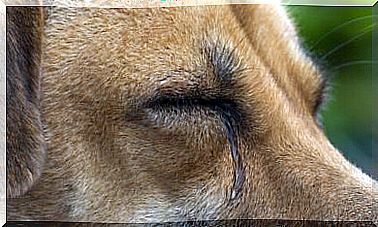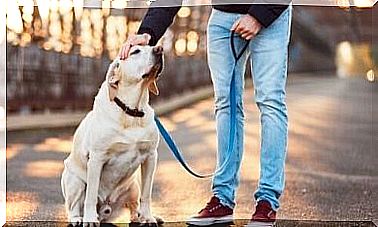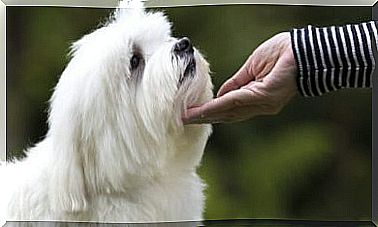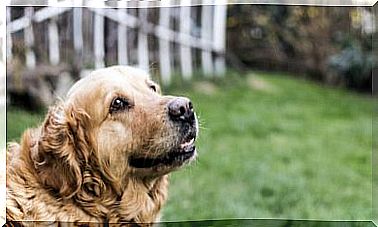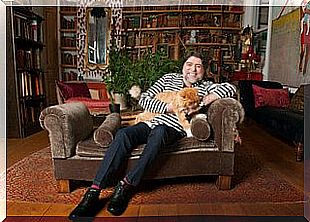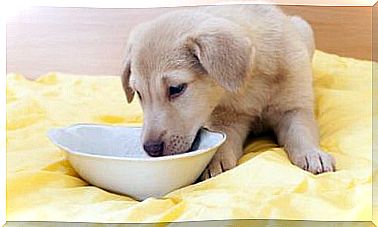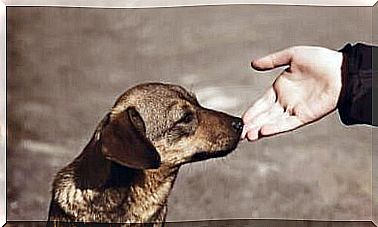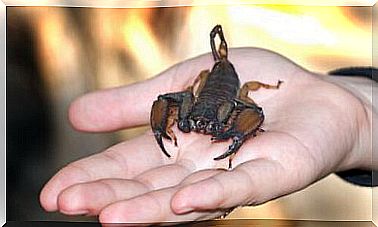Aims And Commands In Dog Training
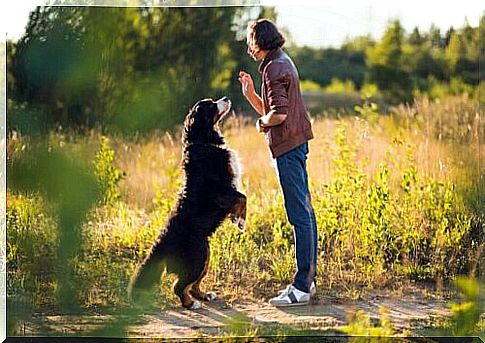
Basically, dog training goals focus on obedience. Therefore, the training aims to ensure that the dog understands and follows your instructions. Without a doubt, a well-trained dog is a welcome pet almost anywhere.
Ideally, every dog should know the basic commands like “come”, “sit”, “sit down” and “walk on”. It is important to emphasize that dog training should be fun and consist of short 5 to 10 minute training sessions. The learning unit should each time have a positive conclusion, that is, with a command that the dog already knows.
Although it is generally believed that training is designed for puppies, there is no age limit for learning new things in dog training , always taking into account the physical limitations of the dog, of course.
Why it is so important to set goals in dog training
In addition to learning basic obedience commands, it is important that you, the owner, define the goals of dog training. A clear definition of the goals enables uniform training and concentration on what has been achieved. The following are the most popular destinations.
Hygiene habits
This is the number one workout. Control of the sphincter is a prerequisite for living together at home. However, no dog is born with the instinct of knowing the right place to do its business.
In reflecting on the changes that life will bring, it is appropriate to emphasize the importance of teaching your dog to ease himself on different types of surfaces. This includes grass, earth, rocks, gravel and sometimes even the street or sidewalk if there is no other suitable area.
Adequate socialization
This issue needs clarification as it is treated differently for a guard dog, a service dog, or a service dog. In general, it is important that puppies learn to be friendly to all types of people, whether they are friends, family, guests, or other dogs.
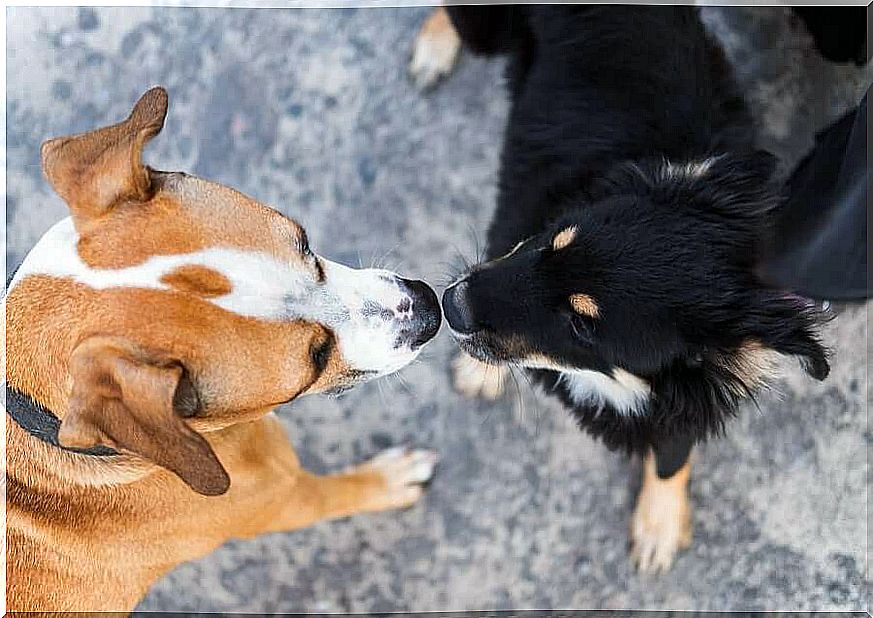
Tolerance to environmental stimuli
This aspect is particularly important when training guide dogs. This education gives owners access to restaurants, cinemas, shopping malls, sporting events, etc.
Punishment should never be used in dog training
Of course, you shouldn’t include any type of punishment when training your dog. You should never yell at, hit, chain, or give your dog an electric shock. Instead, training your dog should be a fun experience that includes rewards for good performance.
You should be aware that a dog’s motivations vary, so rewards can help increase their motivation. So make sure that the reward you are giving your dog is the most effective for him.
- Reward him within a second and a half after he correctly obeyed your command. This way you can make the connection between the command and the behavior.
- When you give a command, be brief and repeat. Dogs can remember a command for about two minutes.
- Additionally, remember that the commands should be short words so that your dog can easily remember them.
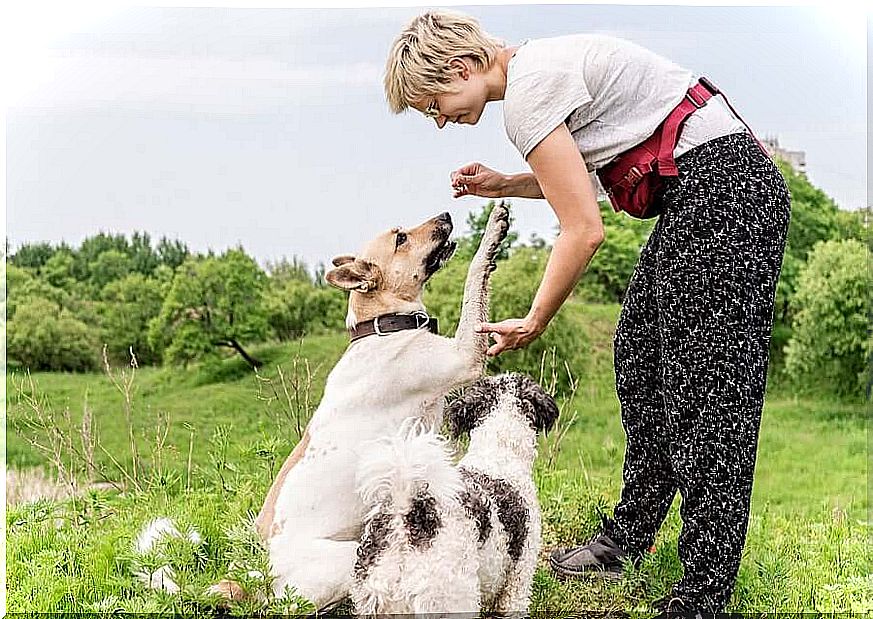
Treats as a reward for dog training
The treats should be small, require little chewing, and not fall apart. You don’t want to lose your dog’s attention by offering them something that takes time to eat or clean.
If treats are the reward method of choice, exercise should be planned before a meal.
Praise as a reward for dog training
However, if you want to use praise as a reward, speak in a loud voice and be enthusiastic. It is best to schedule the training session when your dog’s motivation is highest.
If your dog is an energetic pet, it is a good idea to start training sessions after the walk. So he has already used some energy and is not so restless.
Strokes in dog training
If you want to reward your dog with petting, you should stroke the side of the dog’s face, chest, or back, not the top of the head.
Persistence, patience and open-mindedness are key aspects of dog training
At the beginning, the training units should take place frequently (e.g. daily) so that your dog learns the desired command.
Once he learns, you should definitely praise and reward him for it right away. However, you don’t have to constantly feed him treats, a little treat every now and then should be enough.

